Standing seven feet tall and weighing in at an impressive 1,700 pounds, Roomba the Randall steer is an excellent student. Quick to learn, his teacher, zookeeper Hannah Keklak, reports he is also eager to please.
When she approaches his stall, Roomba raises his head up and over his metal gate for a chin scratch. “I have to do that, otherwise he gets upset,” Keklak (CAS’11) explains as Roomba shifts his eyes down to look at her. “He’s like a big puppy dog. He’ll lick you if you’re not careful, and I try to avoid that because then I’ll be filthy all day.”
Keklak has been a zookeeper for just over a year at the 72-acre Franklin Park Zoo in Boston, home to more than 220 species of animals, among them lions, tigers, lowland gorillas, and kangaroos. Keklak works in the Franklin Farm and Children’s Zoo areas, where, in addition to Roomba, she cares for the zoo’s barn owl, teaching it falconry training techniques, a Poitou donkey (whose coat falls in dreadlocked spirals), a degu (a South American rodent), and a host of other animals, including red pandas, prairie dogs, ponies, ducks, and tortoises.
“This is a job I still want to go to even when I’m deathly ill,” she says. “The animals actually get mad if I take a vacation or have a day off. Their attitude is like, where have you been?”
After graduating from BU with a degree in psychology, Keklak worked for a year in human resources, but decided it wasn’t for her. She volunteered with the MSPCA and the New England Aquarium for two years, and then applied for a zoo externship at Franklin Park Zoo, where she was eventually hired full time.
“I grew up wanting to be a veterinarian,” says Keklak, reeling off a list of her past and present menagerie: dogs, cats, rabbits, birds, snakes, fish, chinchillas, gerbils, guinea pigs. “My friends and family weren’t surprised when I got the job at the zoo.”
Keklak’s day typically starts two and a half hours before the zoo opens to the public. She is responsible for cleaning the animals’ enclosures, feeding them, and, depending on the animal, leading them from their sleeping area to their exhibition space. Throughout the day she works with them on training, sometimes accompanies veterinarians on rounds, and after the zoo closes, cleans and feeds the animals again. “I think the most surprising thing is how physical the job is, with hard labor and cleaning,” she says. “But it’s also satisfying, because you see the direct results of your hard work with the animals.”
Zookeepers try to make training fun for the animals, because the more fun it is, the more the animals cooperate. Keklak uses a clicker for most of the training, similar to training a dog. “You give an animal a cue, and if they do that cue, you click, and that’s a bridge telling them that they did the right thing and their reward is coming,” she says.
Keklak has trained Roomba using a goad, or small stick. He responds when she taps on different spots on his body, and he now knows commands for walk, stop, turn left, and turn right. “Training is a form of enrichment and it is what he would do as a working steer in the field,” she says. “Our training is all based on respect. I respect his size, and he probably just thinks I’m a cow higher in the herd.”
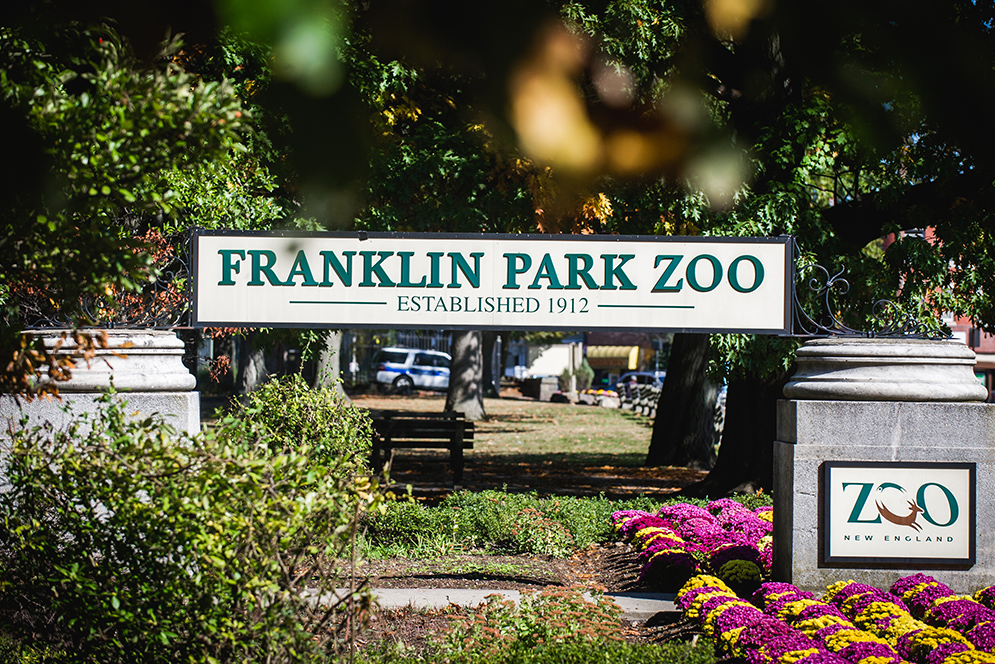
Boston’s 72-acre Franklin Park Zoo is home to more than 220 species of animals, among them lions, tigers, lowland gorillas, and kangaroos.

Hannah Keklak (CAS’11) works in the Children’s Zoo area, known as Nature’s Neighborhoods.

Cordelia the guinea hog loves belly rubs and weighs about 200 pounds, thanks to her affinity for sweet potatoes, apples, and celery.
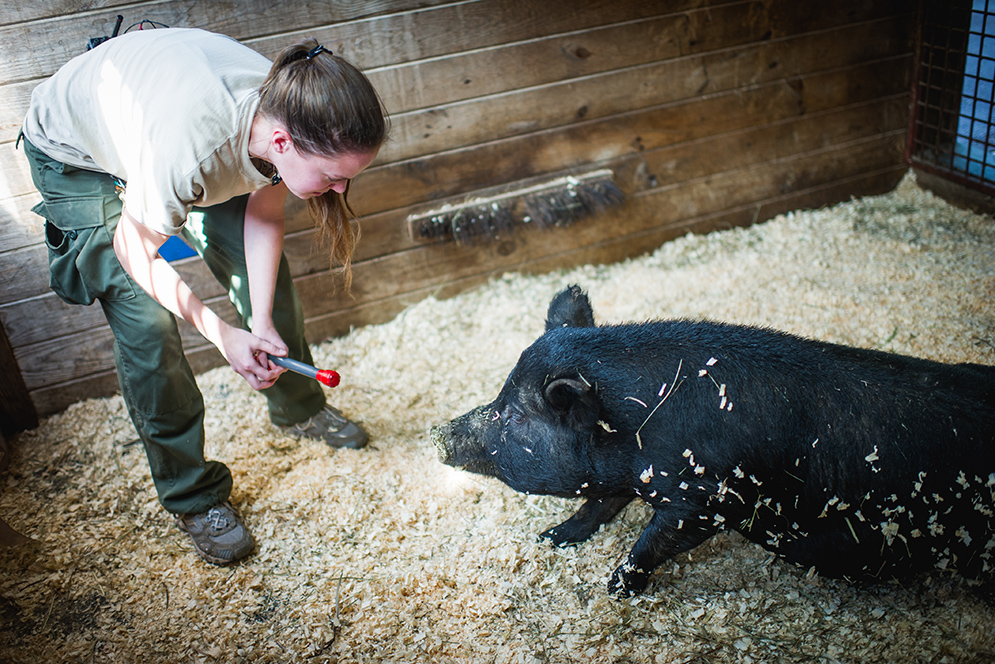
When Cordelia touches the target with her nose, Keklak fires her clicker, and Cordelia is rewarded with a treat.

Roomba the Randall steer loves alfalfa.

Roomba raises his head up and over his stall for a chin scratch. “I have to do that, otherwise he gets upset,” Keklak explains. “He’s like a big puppy dog.”

The zoo’s ducks are among the animals Keklak feeds.
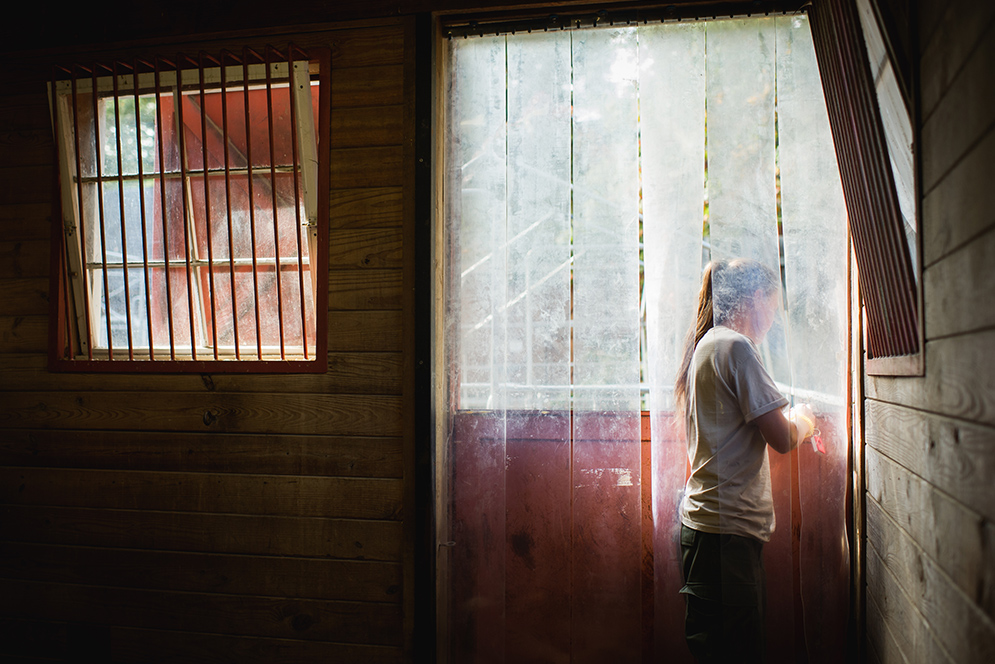
Keklak says one of the most important parts of her job is making the public interested in the animals so they make the natural progression to caring about the environment and conservation.
She has also trained Cordelia, a portly six-year-old guinea hog who loves belly rubs and weighs about 200 pounds, largely because of her affinity for sweet potatoes, apples, and celery. To show off what Cordelia has learned, Keklak touches a stick to a red square, and says, “Cordelia, target.” When the hog touches the target with her nose, Keklak fires her clicker, and Cordelia is rewarded with a treat. When Keklak says, “Open,” Cordelia immediately opens her mouth.
Training is critical to the animals’ medical care. “Your training helps the veterinary staff and makes things less stressful for the animals,” Keklak says. “One of the hardest actions to teach animals is to open their mouths. For an animal to open its mouth and keep it open is a very submissive action, but it allows the vet to look inside and check their teeth or gums.”
Some of the enrichment activities she provides draw on animals’ natural ability to seek out food. “Red pandas in the wild search for their food, so you can hide special snacks in the bamboo, like grapes or panda biscuits,” she says. “So they have to search for it instead of eating it out of a bowl, because they don’t eat out of a bowl in the wild.”
Caring for and training the animals is only part of her mission, says Keklak. Zookeepers also engage the public, with the hope that people will become more concerned about conservation and the environment.
Jason Kimball can be reached at jk16@bu.edu.














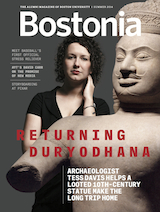















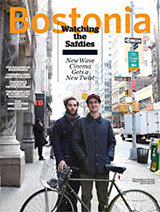

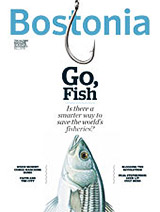


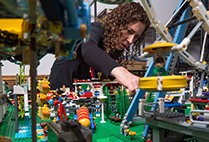












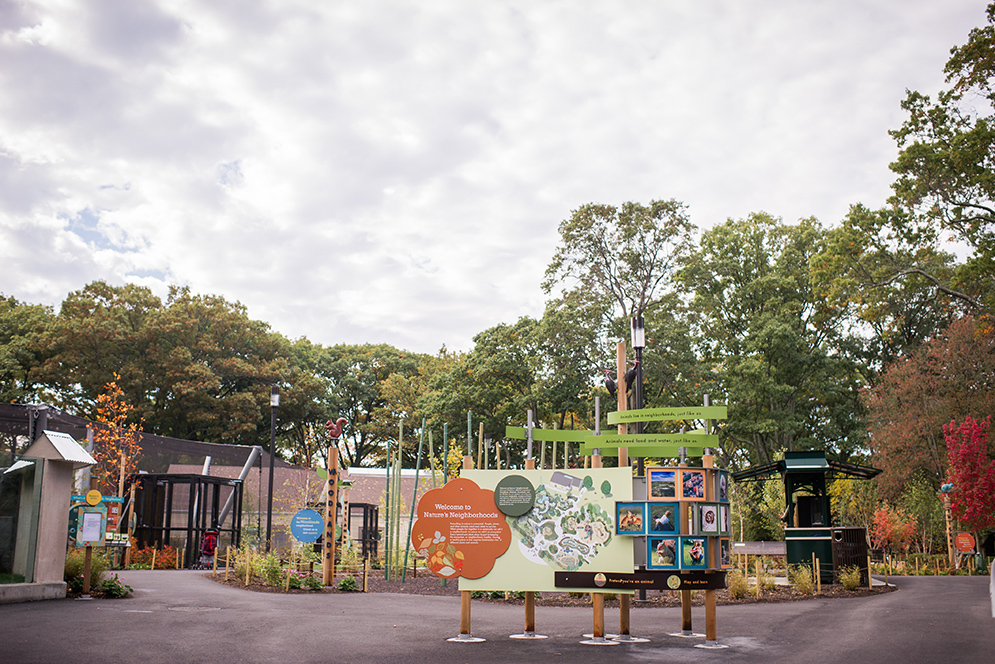






Related Stories
CAS Alum Wins Schwarzman Scholarship
Will spend next year working on a master’s degree at top Chinese university
How Sausage Is Made, Responsibly
At Formaggio Kitchen, high-end charcuterie meets appreciative audience
SHA Alum Offers New Twists on Classic Dishes
Chef-owner of Kitchen Sink Food & Drink serves up a sweet crab blintz for the holidays
Post Your Comment